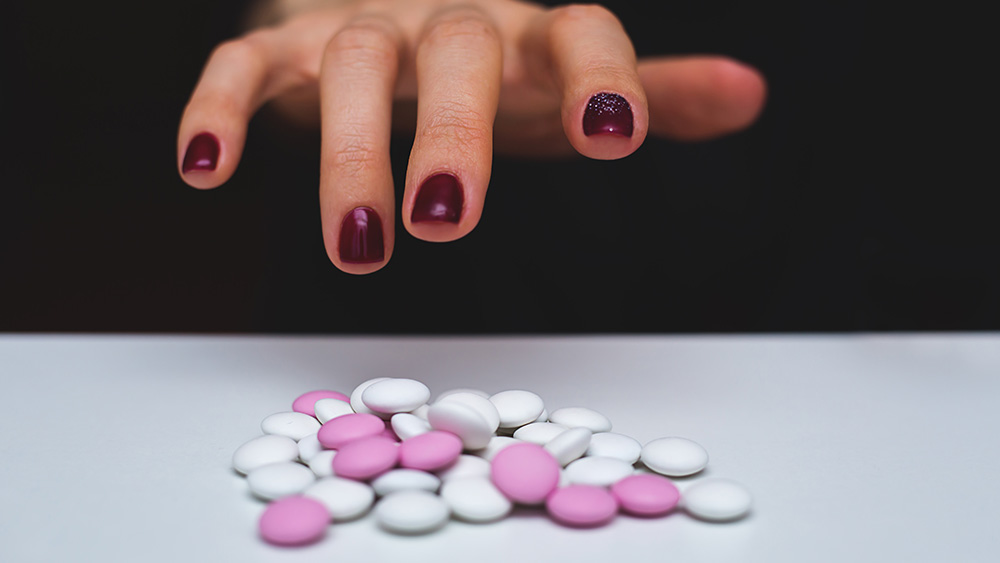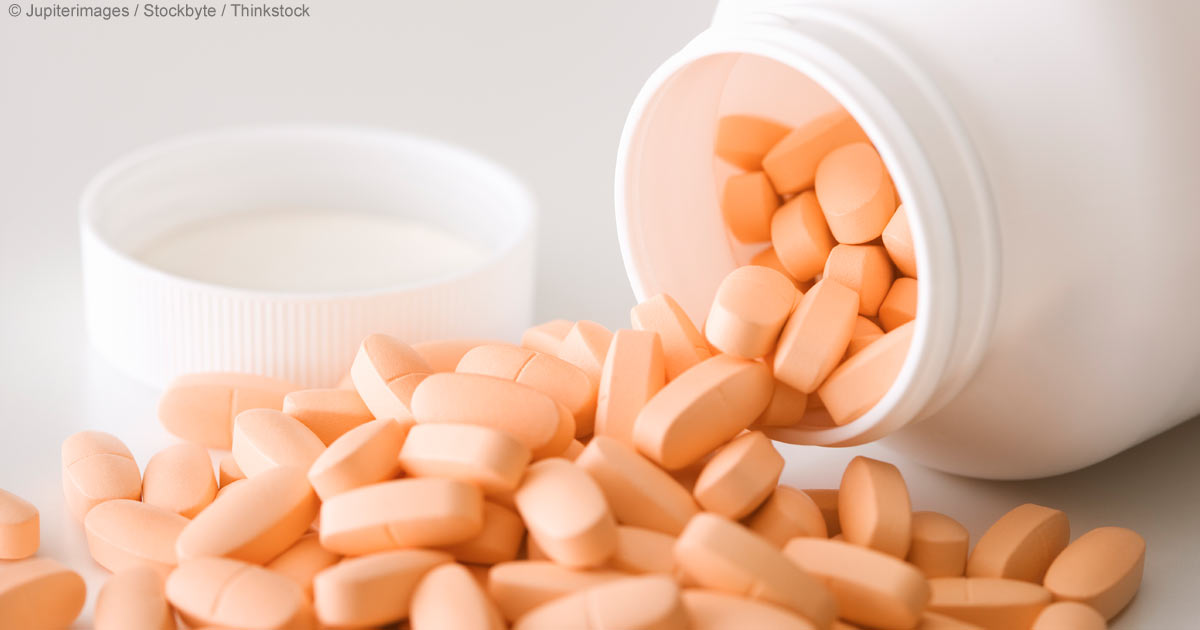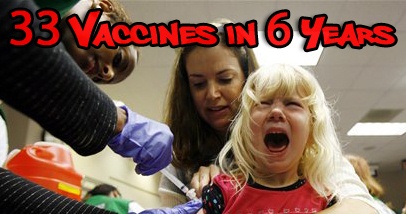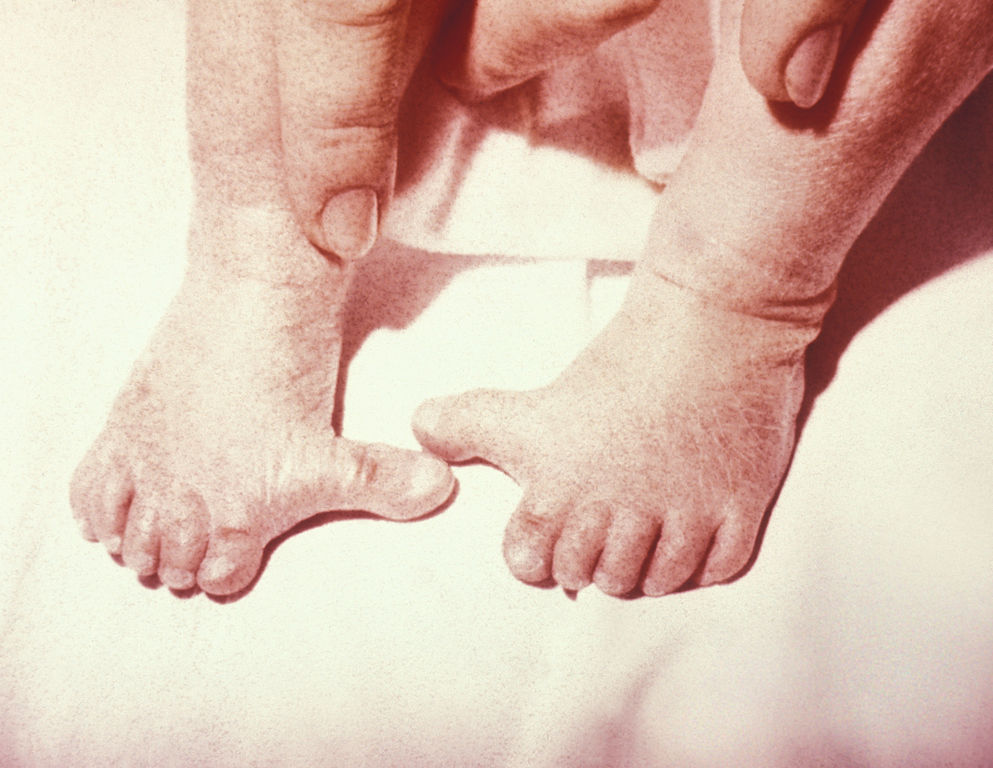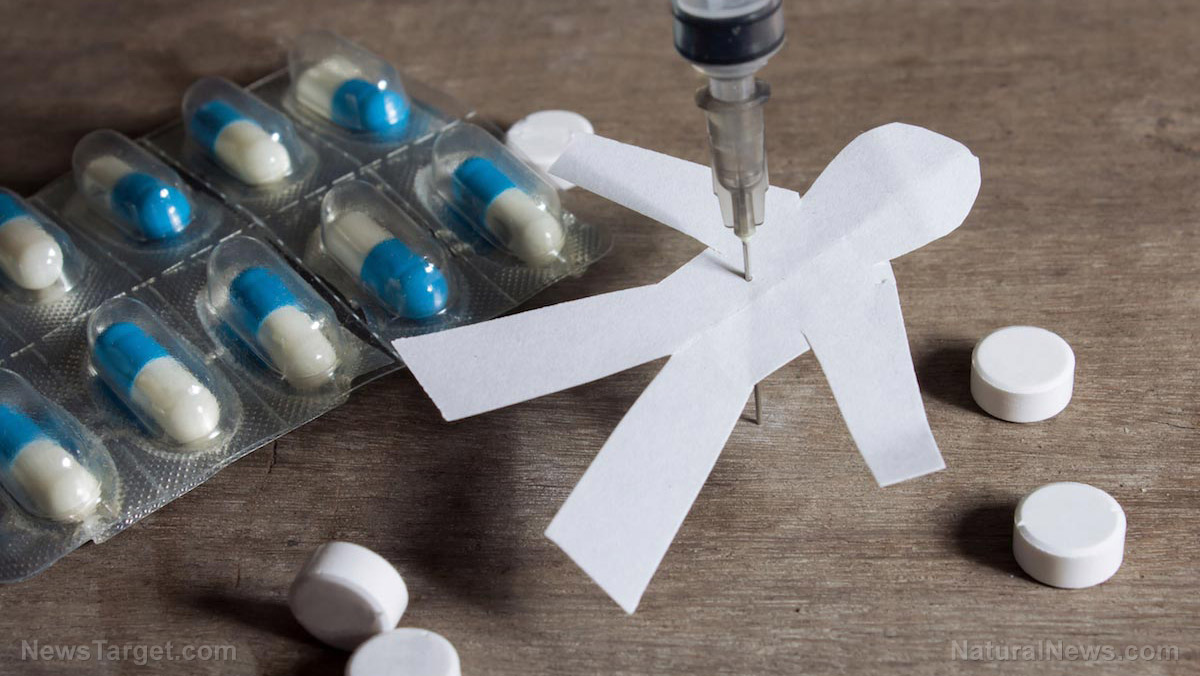Hedge fund manager who dove off 9-story luxury apartment building was on mind-altering medication
03/06/2017 / By David Gutierrez

A 47-year-old hedge manager who killed himself by leaping from his ninth-floor luxury apartment in the historic Apthorp Building was “under a lot of meds,” a police source told the NY Post.
Kevin Bell, head of credit risk at Arrowgrass Capital, leaped from the window while his family was in the apartment. He left a suicide note saying that he had been depressed.
“The family is hysterical,” the source said. He was under a lot of meds. He did not give a specific reason why he jumped, but he was depressed.”
Bell had previously worked for prominent banks and hedge funds including Citadel, Citigroup, Deutsche Bank and Saba Capital.
Bell landed on scaffolding that had been set up in front of the building.
“A couple of our residents reported hearing a thud,” one building worker said. “The daughter of a tenant looked out the window and she told her mother there was a man lying down on the scaffolding.”
“He was bleeding. Some of the residents are pretty shaken up.”
Bell was pronounced dead on the scene.
A building resident and worker at a nearby doctor’s office said it was the second recent suicide at the building.
“Oh my God, another one?” the resident told the Post. “Somebody committed suicide a few months ago … on the other side of the building. I can’t believe it, it’s almost exactly the same thing, but just around the side.”
Certainly it is impossible to know from such sparse reports whether the “meds” Bell was taking played any role in his death. But antidepressants are well known to increase the risk of suicide among those taking them, independent of the suicidal risk that comes from being depressed. The risk occurs with all antidepressant drugs, but is particularly high with selective serotonin reuptake inhibitors (SSRIs), the most widely prescribed class. (Related: Learn more about the risks of SSRIs.)
In 2004, the FDA first ordered that antidepressants carry a “black box” warning of the risk of increased risk of suicide among children taking the drugs. But in 2005, the agency issued a public health advisory warning that antidepressants in every class also increase suicidal behavior in adults, as well.
Over the years, evidence of the risk of these drugs has continued to mount. In 2006, the FDA advised that pediatric patients taking antidepressants be seen by doctors on a weekly basis, to monitor them for suicidal warning signs. The following year, the agency widened the black-box suicide warning on some antidepressants to include adults aged 18-24.
Psychologist Steve Taylor of Leeds Metropolitan University, author of Back to Sanity: Healing the Madness of Our Minds, says widespread antidepressant use is an example of how psychiatry has not really changed since the days in which lobotomies were the treatment of choice for mental distress. Like lobotomies, most psychiatric drugs are known to carry serious risk of severe side effects including brain damage and suicide, yet with little evidence that they do any good.
Instead, “success” is judged by an emotionally numb, docile “patient.”
Multiple studies have shown that SSRIs are no more effective than a placebo, particularly for the forms of depression for which they are most commonly prescribed. One of the most effective treatments for depression is actually cognitive therapy, in which patients unlearn destructive thought patterns and replace them with healthier ones.
The failure of SSRIs is indicative of a fundamental problem with psychiatry, Taylor says: the embrace of the “chemical imbalance” model of mental illness. Under this theory — which has very little scientific support and is increasingly being abandoned — mental illness is caused solely by improper levels of chemicals in the brain.
Yet as Taylor points out, conditions such as depression are actually highly complex and are produced by environmental factors as diverse as an unfulfilling social environment, frustrated needs for meaning in life, unfair treatment or oppression, poor diet or exercise habits, and insufficient contact with the natural world.
Follow more news about psychiatric drugs at Psychiatry.news.
Sources for this article include:
Tagged Under: Antidepressants, psychiatric drugs, side effects, suicide


